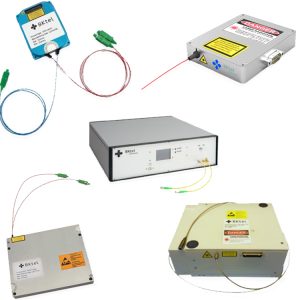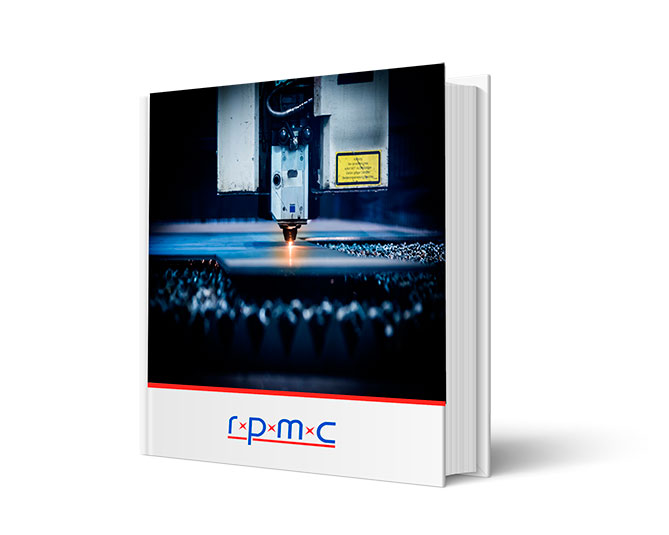The CW Fiber Lasers We Offer:

IR Wavelength Options & High-Performance Outputs
-
- NIR-SWIR wavelengths: 1060nm to 2050nm w/ “eye-safe” 1.5µm options
- Power outputs from ≈150mW to 1200W with convenient fiber beam delivery
- Single-mode, polarization-maintaining (PM), and broadband configurations available

Customizable & Modular Solutions for Seamless Integration
-
- OEM and turnkey packages designed for flexible integration in diverse applications
- High-speed modulation, narrow linewidth, and TEM00 beam quality options
- Configurable power tunability from 10%-100%, enabling precise control for specialized tasks

Reliable, Low-Maintenance Platforms for Industrial & Scientific Use
-
- Robust and Telcordia-grade designs for demanding environments & telecom
- Air or water-cooled solutions, including high-power fiber lasers up to 1200W
- Proven performance in LIDAR, optical metrology, material processing, and more
For nearly 30 years, RPMC’s selection of CW Fiber Lasers has set the standard for affordable precision across a wide range of applications, from defense to medical, industrial, and research with 1000’s of successful units in the field. We understand that every application has unique requirements, which is why our configurable platforms are designed to offer the perfect fit for your needs—whether you’re working with fundamental wavelengths, harmonics, or specialty wavelengths. As your partner, we’re here to guide you through the selection process, ensuring that your CW fiber laser integrates seamlessly into your existing systems. With time-tested technology that balances power and precision, we’re committed to supporting your success every step of the way.
| Picture | Part Number | Wavelength (nm) | Description | Type |
|---|---|---|---|---|

|
BK-FL-CW | 1060-2050 | Fiber Laser, Single mode, 1060-2050nm, up to 100W | "Eye Safe", CW Fiber Lasers, Broadband Lasers, Narrow Linewidth, Customizable |

|
RPK-FL | 1085 | Fiber Laser, Single mode, Infrared, 1080nm, up to 1200W | CW Fiber Lasers |

 SHIPS TODAY
SHIPS TODAY 

